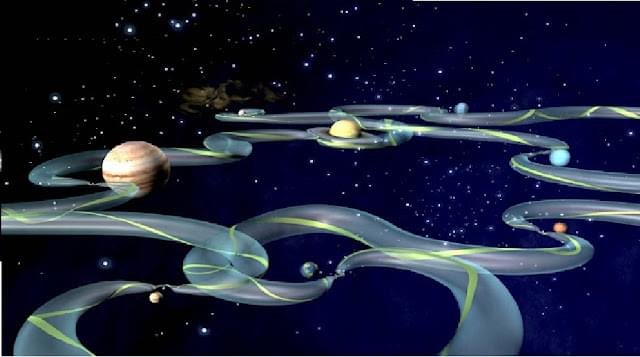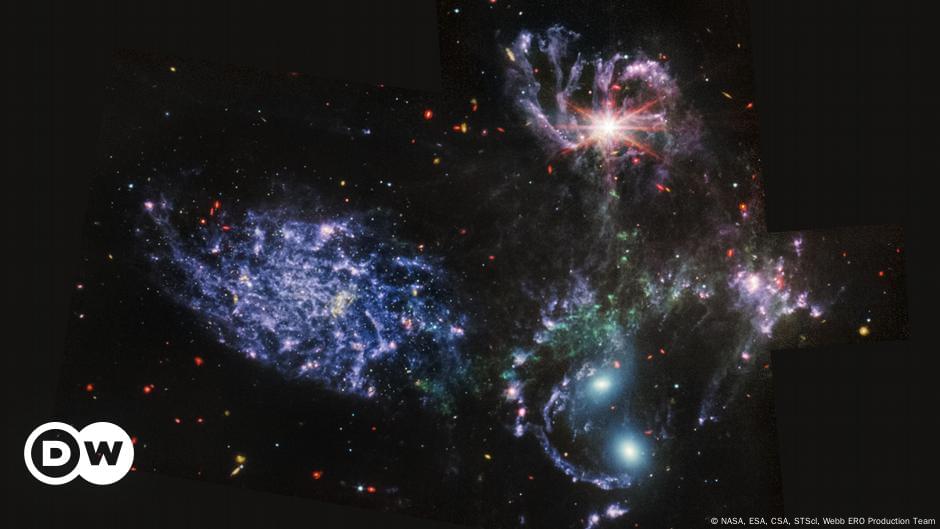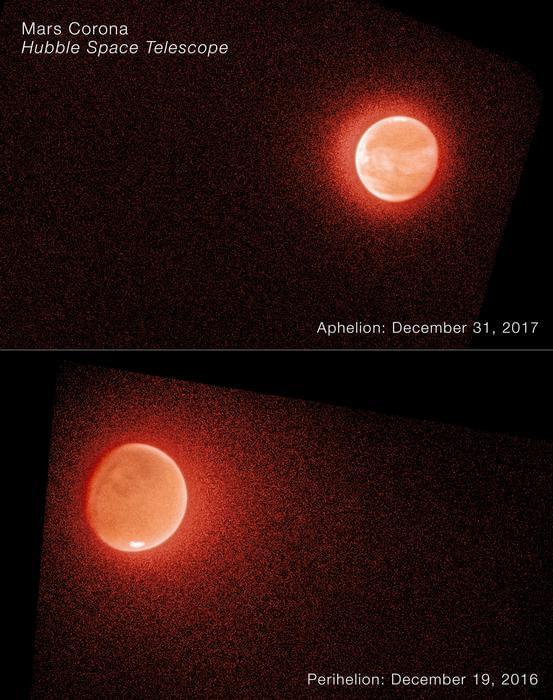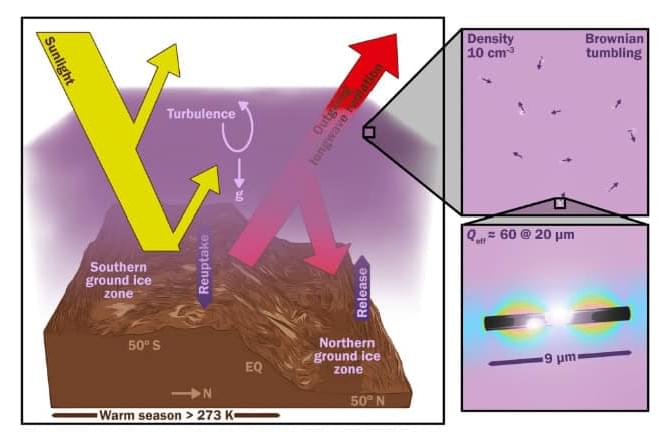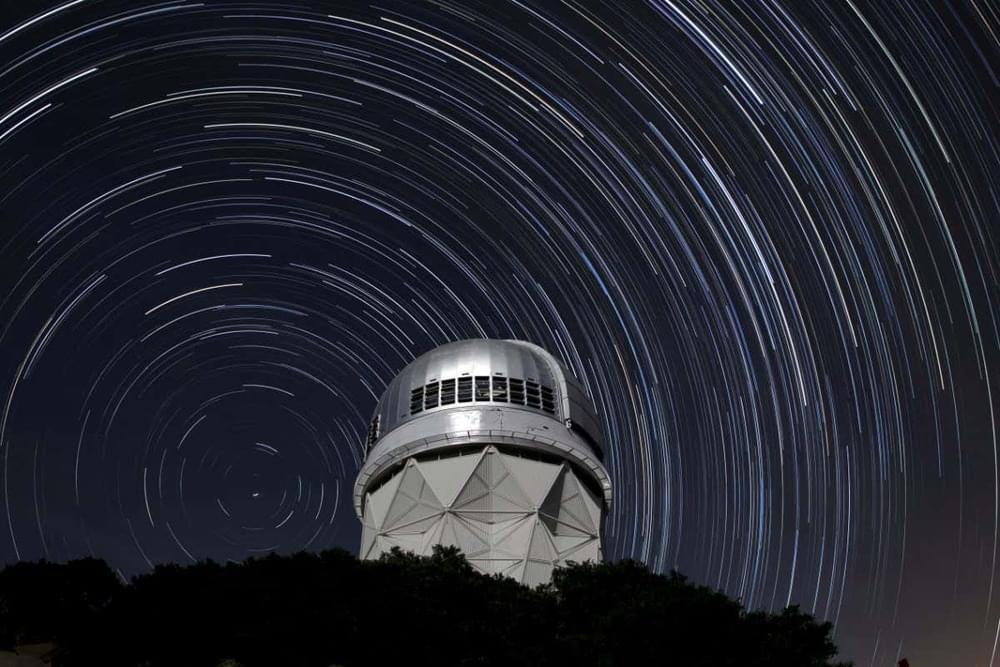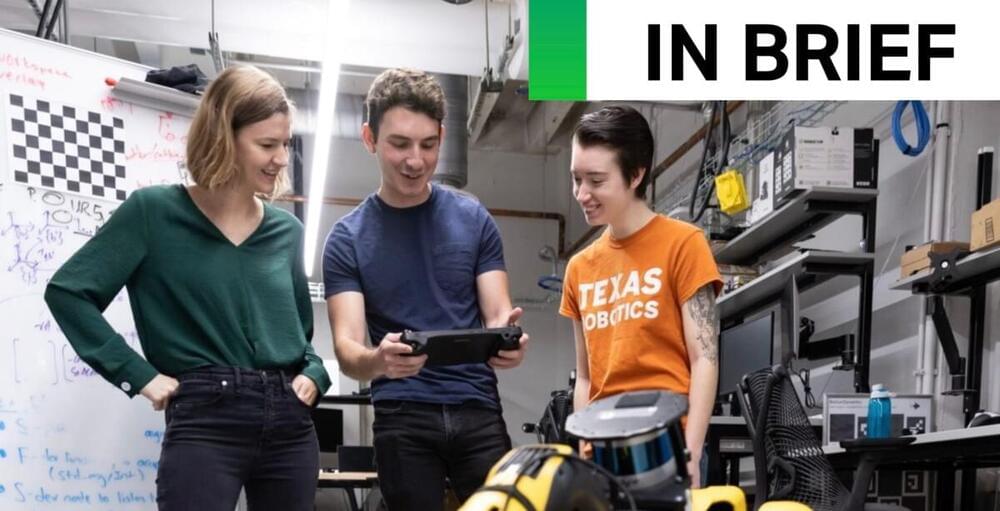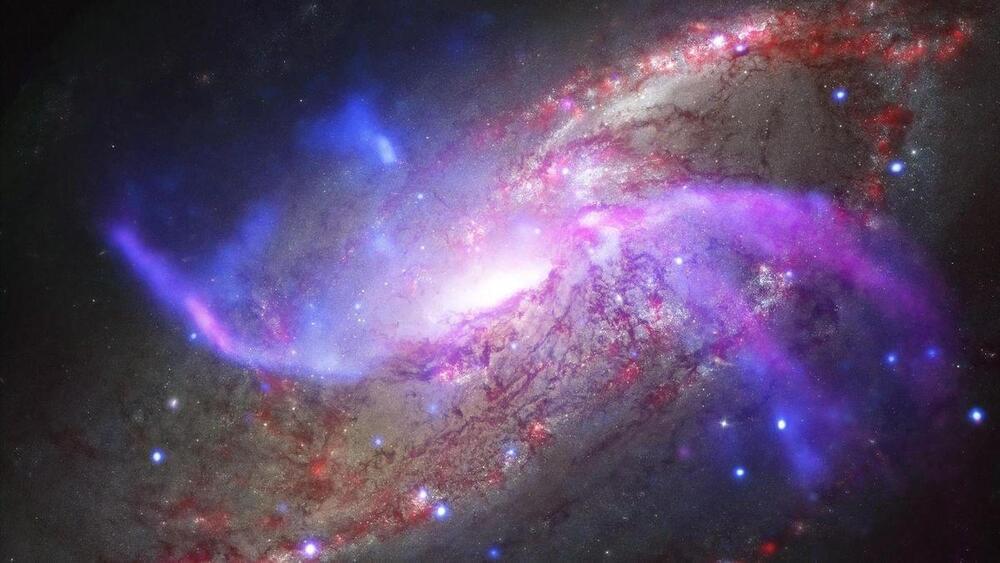A new superhighway network has been identified by researchers, which enables significantly faster travel through the Solar System than was previously feasible. This network can facilitate the transportation of comets and asteroids from Jupiter to Neptune in under a decade and up to 100 astronomical units within a century.
The technology could facilitate swift transportation of spacecraft to the remote regions of our solar system while also aiding in the detection and understanding of nearby objects that pose a threat of colliding with our planet.
In a paper published on November 25, 2020, in the journal Science Advances, researchers have identified a series of interconnected arches forming space manifolds that extend from the asteroid belt to Uranus and beyond, which create a new “celestial autobahn.” These structures operate on a much shorter time scale of several decades, as opposed to the hundreds of thousands or millions of years characteristic of Solar System dynamics.
